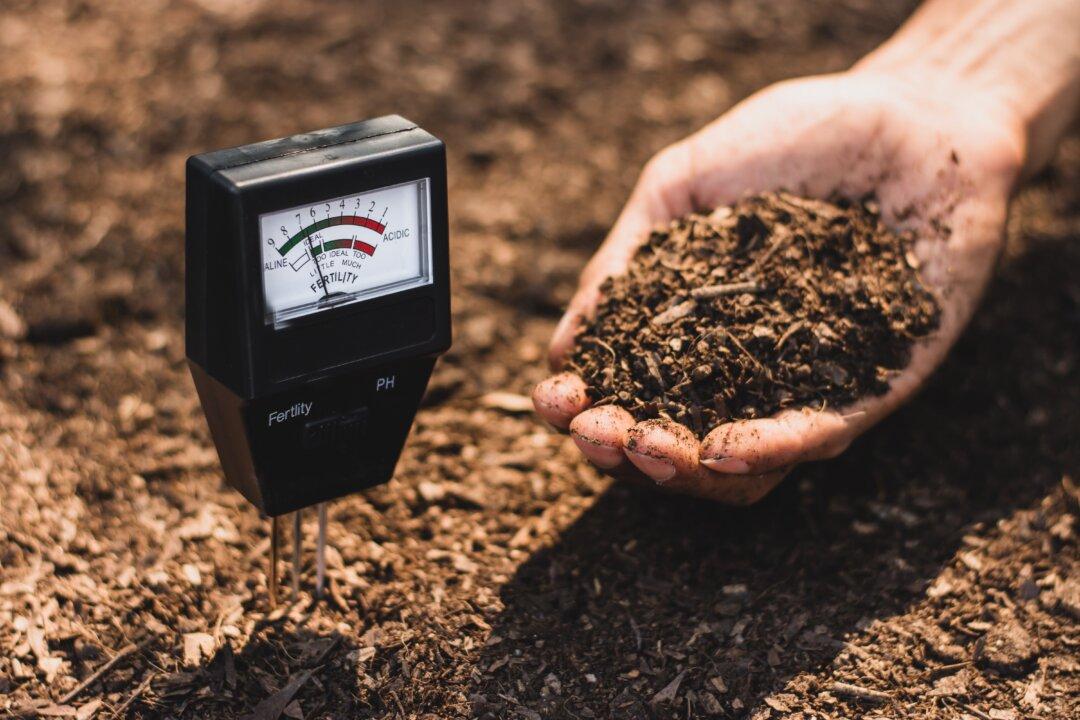Soil is your plants’ food. And, just like you, your plants need nutrient-rich food to stay healthy. But too much or too little nourishment can have a negative effect, so it’s important to understand the condition of the soil you are working with and what your plants need. For optimum results, experienced gardeners recommend testing the soil.
What Does a Soil Test Measure?
A new gardener has some options on where and how to start growing. If you have a yard, you can find a patch of land and till the soil, or you can purchase soil from your local garden center and build raised beds. Either way, you should measure the current health of your soil before you begin planting or fertilizing. But what exactly should you be looking for when you test?Soil tests measure pH level and detect deficiencies in nutrients such as phosphorous, iron, nitrogen, and potassium. Experienced gardeners have found that most plants, including vegetables and flowers, are happier when the soil is slightly acidic (6.0 to 6.5). Some plants, like blue hydrangeas and cranberries, require an even higher level of acidity (a lower pH number). The results of your soil test will reveal the current level.






